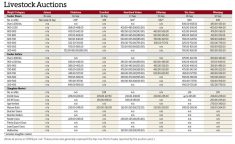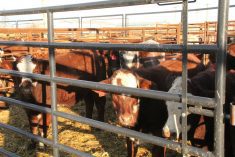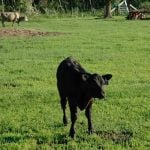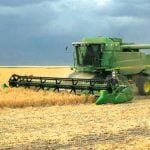Manitoba cattle auctions kept busy in mid-March amid strong prices for feeders and butcher cows.
“The optimism seems to be feeding on itself,” said Allan Munroe of the Killarney Auction Mart, about ongoing strength in the cattle sector.
Good quality feeder steers under 500 pounds continued to be valued over $400 per hundredweight, with some of the lighter animals hitting prices over $500/cwt. Heifers in the same weight categories were also priced in the $350 to $450/cwt area. D1 and D2 butcher cows generally traded around $140 to $160/cwt across the province.
Read Also
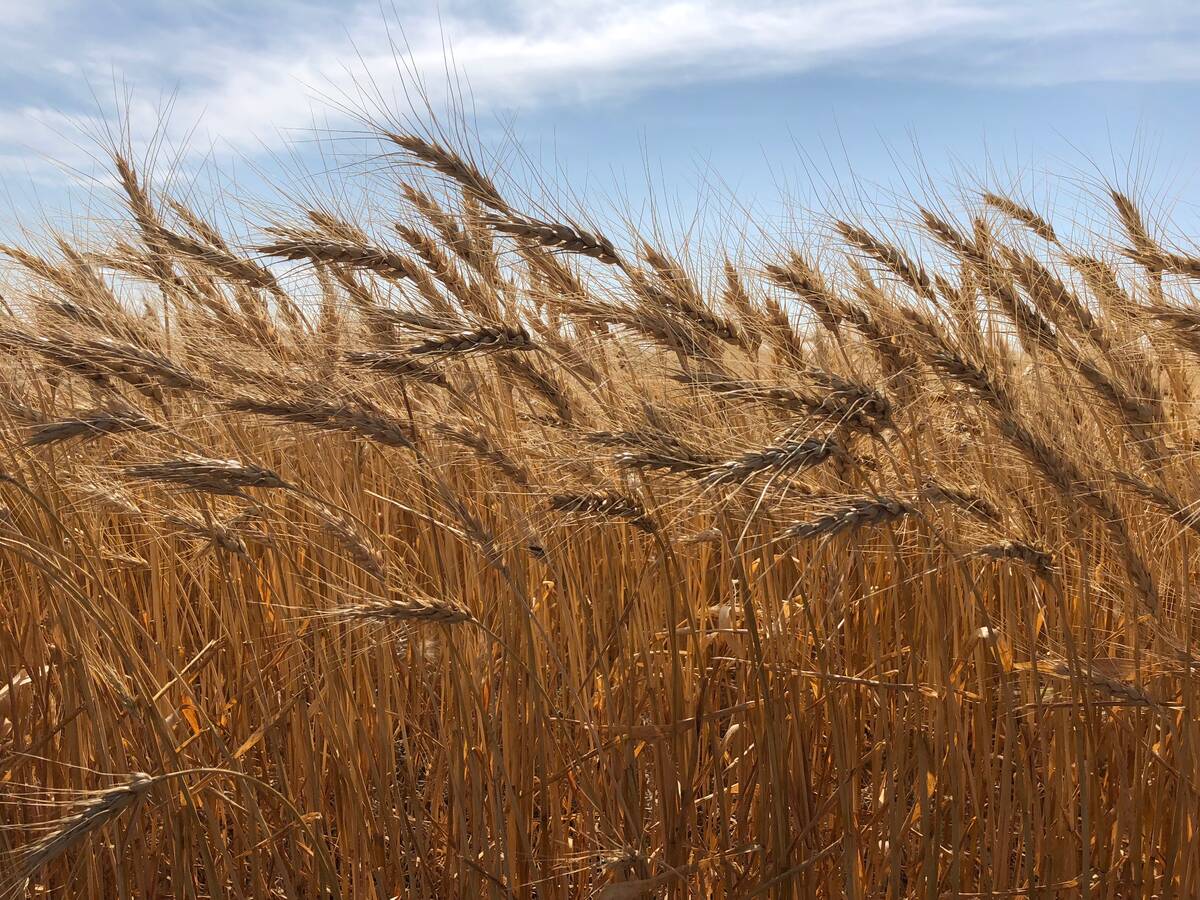
Expert’s Radar: A flat, flat, flat wheat market
Large global supplies of wheat leave little reason for market prices to move higher — although solid demand for wheat should continue to limit the downside, commodity watcher Phil Franz-Warkentin writes.
High prices and high volumes haven’t dissuaded buyers, as they work to get enough inventory. While there are still plenty of cattle coming to auction, numbers should start to shrink over the next few weeks.
Given the number of cull cows sold across the province this winter, Munroe expects a reduction in calves born this spring. That means feeder cattle will likely be in shorter supply in fall, and buyers are now making sure they have inventory for that period.
Demand for feeder cattle during the week came from both eastern and western buyers, according to Munroe. Ontario buyers are now moving calves they purchased in the fall and backgrounded in Manitoba over the winter.
“It’s taken a pretty strong person to keep feeding calves as this market keeps getting stronger and stronger,” said Munroe.
Killarney has good numbers booked for its April 8 sale, after it takes a week off for Easter. After that it will just be the “odds and sods” and some cull cows making their way to market.
“Those cull cows won’t get a second chance at these prices,” he added.
While prices remain strong, there have been issues with milder weather over the winter, and those challenges are expected to continue as spring sets in.
“It’s been a very challenging winter as far as mud,” said Munroe, noting springlike conditions have been “off and on” all winter, creating logistics challenges and health issues at feedlots. “At our barn, we’ve gone through significantly more straw than we would in a normal winter.”
Muddy pens require extra effort for cattle to walk and may lower production or weight gain, according to North Dakota State University extension specialists. As mud depth increases, feed intake decreases and more straw bedding is needed to overcome the mud.
When cattle get wet, their hair flattens and they lose insulation value, according to NDSU specialists. The resulting stress can inhibit the immune system, making animals more susceptible to illness.




